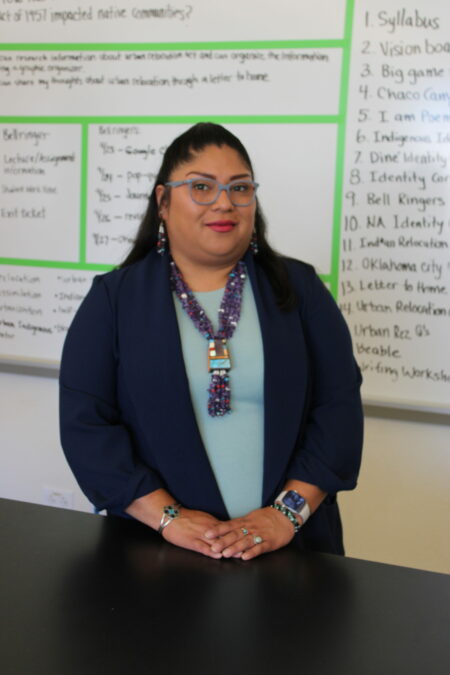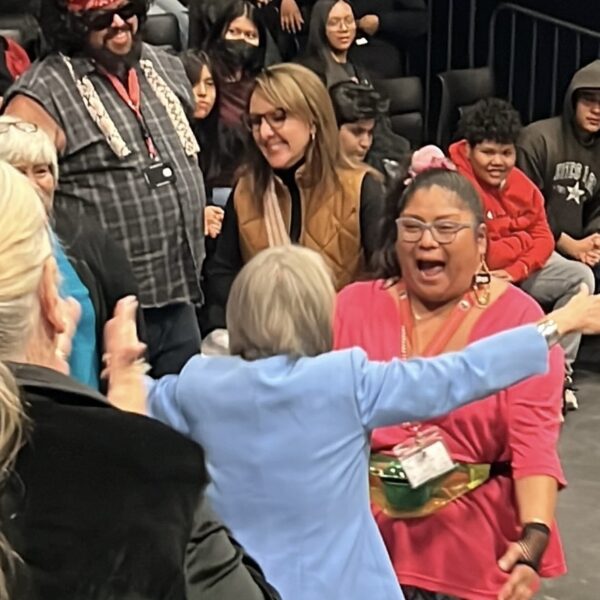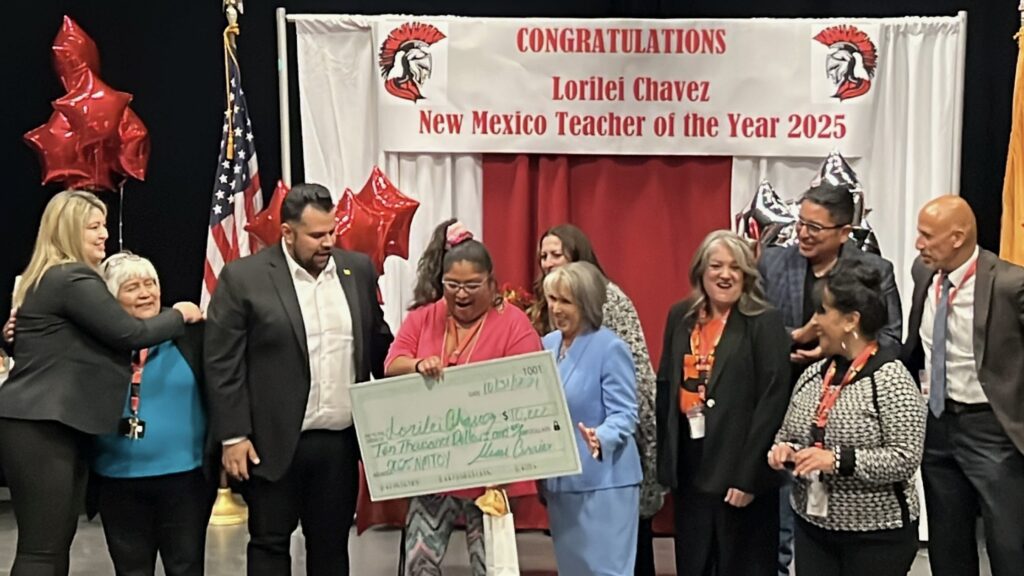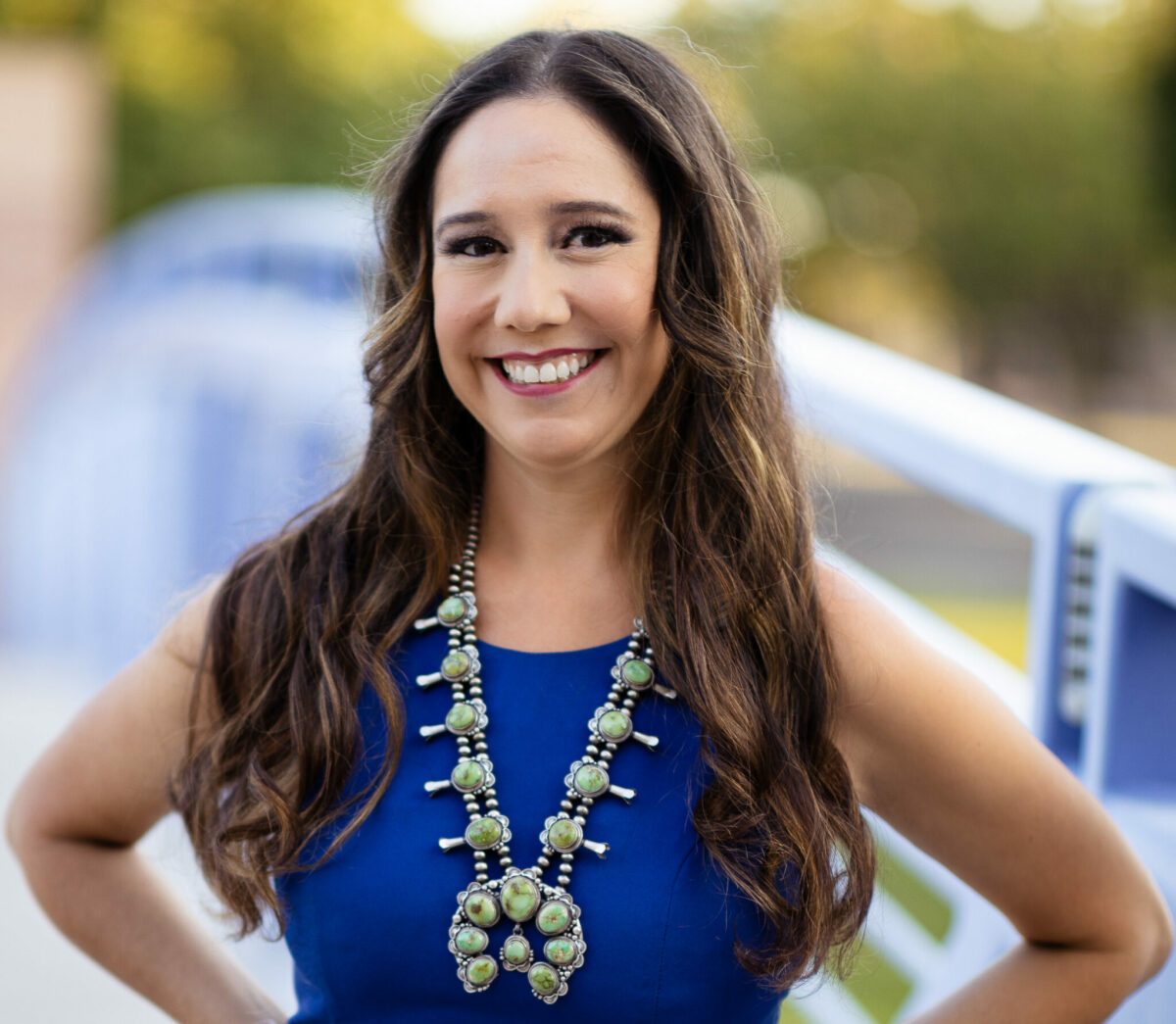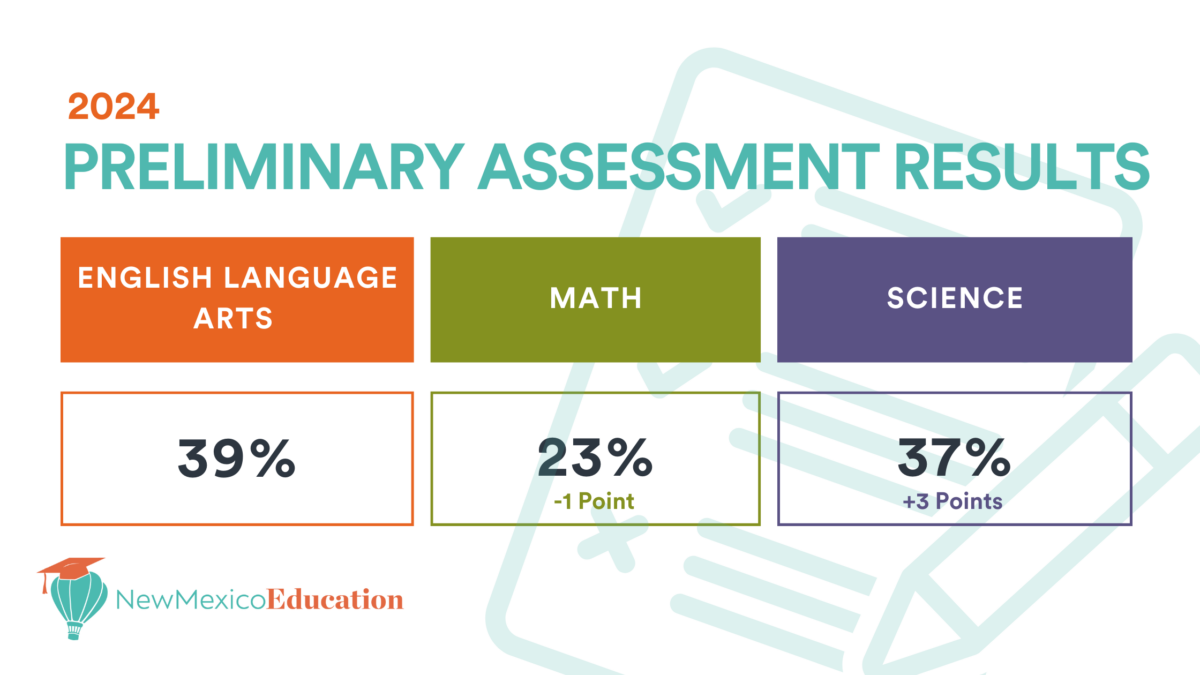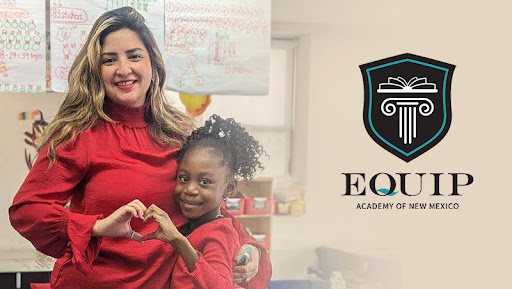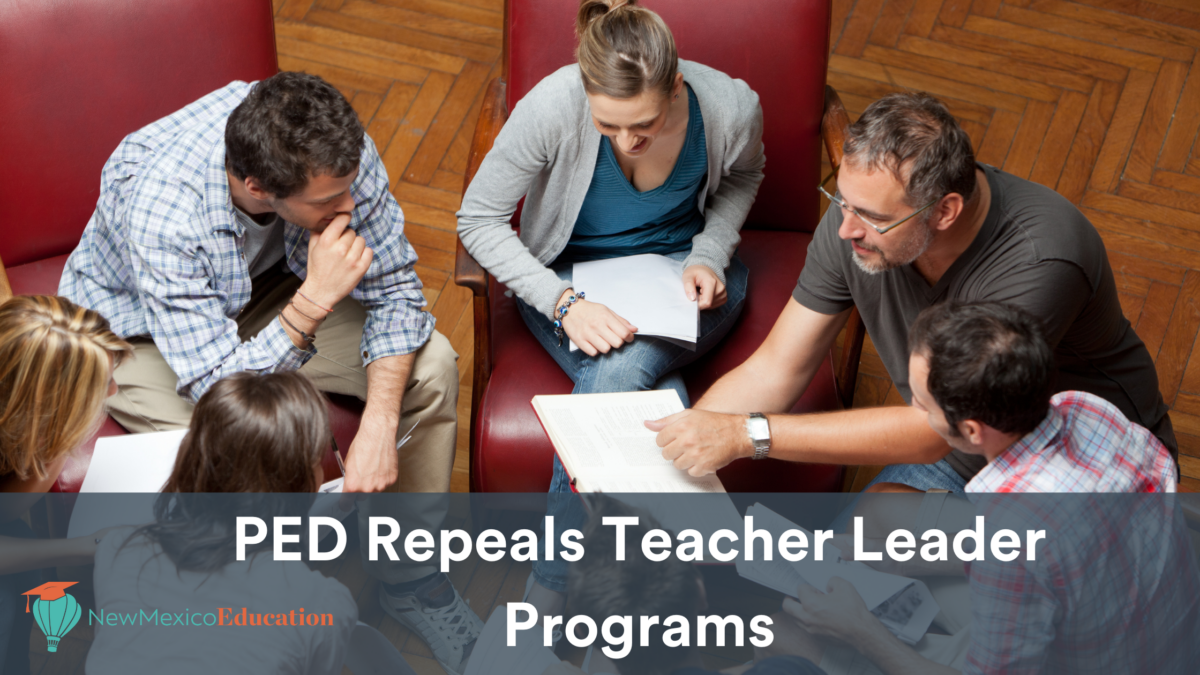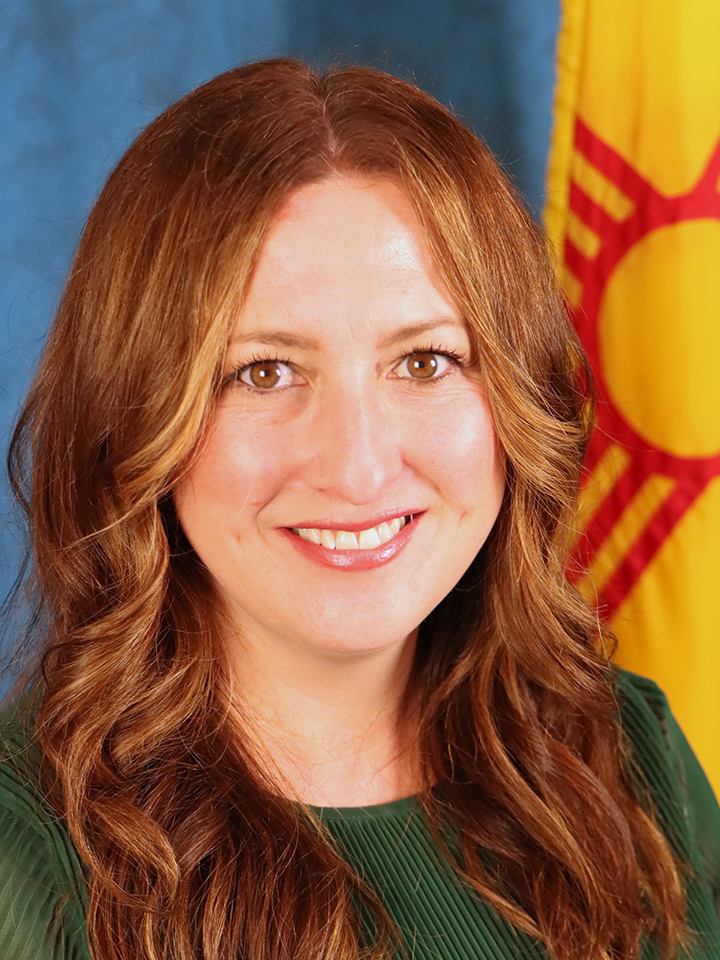NM Vistas: What’s New in State Student Achievement Data?
By Mo Charnot
For NMEducation.com
The New Mexico Public Education Department has updated its student achievement data reporting website — NM Vistas — with a renovated layout and school performance data from the 2023-2024 academic year, with expectations for additional information to be released in January 2025.
NM Vistas is crucial to informing New Mexicans about school performance and progress at the school, district and state levels through yearly report cards. The site displays student reading, math and science proficiency rates taken from state assessments, as required by the federal Every Student Succeeds Act. Districts and schools receive scores between 0 and 100 based on performance, and schools also receive designations indicating the level of support the school requires to improve.
Other information on the site includes graduation rates, attendance and student achievement growth. Data also shows rates among specific student demographics, including race, gender, disability, economic indicators and more.
PED Deputy Secretary of Teaching, Learning and Innovation, Amanda DeBell told NM Education in an interview that this year’s recreation of the NM Vistas site came from a desire to go beyond the state’s requirements for school performance data.
“We knew that New Mexico VISTAs had a ton of potential to be a tool that our communities could use,” DeBell said.
One new data point added to NM Vistas this year is early literacy rates, which measures the percentage of students in grades K-2 who are reading proficiently at their grade level. Currently, federal law only requires proficiency rates for grades 3-8 to be published, and New Mexico also publishes 11th grade SAT scores. In the 2023-2024 school year, 34.6% of students grades K-2 were proficient in reading, the data says.
DeBell said several advisory groups encouraged the PED to report early literacy data through NM Vistas.
“We were missing some key data-telling opportunities by not publishing the early literacy [rates] on our website, so we made a real effort to get those early literacy teachers the kudos that they deserve by demonstrating the scores,” DeBell said.
The PED also added data on individual schools through badges indicating specific programs and resources the school offers. For example, Ace Leadership High School in Albuquerque has two badges: one for being a community school offering wraparound services to students and families, and another for qualifying for the career and technical education-focused Innovation Zone program.
“What we are really trying to do is provide a sort of one-stop shopping for families and community members to highlight all of the work that schools are doing,” DeBell said.
The updated NM Vistas website has removed a few things as well, most notably the entire 2021-2022 NM Vistas data set. DeBell said this was because the PED changed the way it measured student growth data, which resulted in the 2021-2022 school year’s data being incomparable to the most recent two years.
“You could not say that the schools in 2021-2022 were doing the same as 2022-2023 or 2023-2024, because the mechanism for calculating their scores was different,” DeBell said.
However, this does leave NM Vistas with less data overall, only allowing viewers to compare scores from the latest data set to last year’s.
In January 2025, several new indicators are expected to be uploaded to the site, including:
- Student performance levels: Reports the percentage of students who are novices, nearing proficiency, proficient and advanced in reading, math and science at each school, rather than only separating between proficient and not proficient.
- Results for The Nation’s Report Card (also known as NAEP): Compares student proficiencies between US states.
- Educator qualifications: DeBell said this would include information on individual schools’ numbers of newer teachers, substitute teachers covering vacancies and more.
- College enrollment rates: only to be statewide numbers indicating the percentage of New Mexico students attending college after graduating, but DeBell said she later hopes the PED can narrow down by each K-12 school.
- Per-pupil spending: How much money each school, district and the state spends per-student on average.
- School climate: Links the viewer to results of school climate surveys asking students, parents and teachers how they feel about their school experience.
- Alternate assessment participation: Percentage of students who take a different assessment in place of the NM-MSSA or SAT.
“We want VISTAs to be super, super responsive, and we want families to be able to use this and get good information,” DeBell said. “We will continue to evolve this until it’s at its 100th iteration, if it takes that much.”
This year, the PED released statewide assessment results for the 2023-2024 school year to NM Vistas on Nov. 15. Results show 39% of New Mexico students are proficient in reading, 23% are proficient in math and 38% are proficient in science. Compared to last year’s scores, reading proficiency increased by 1%, math proficiency decreased by 1% and science proficiency increased by 4%.
By Mo CharnotFor NMEducation.com The New Mexico Public



